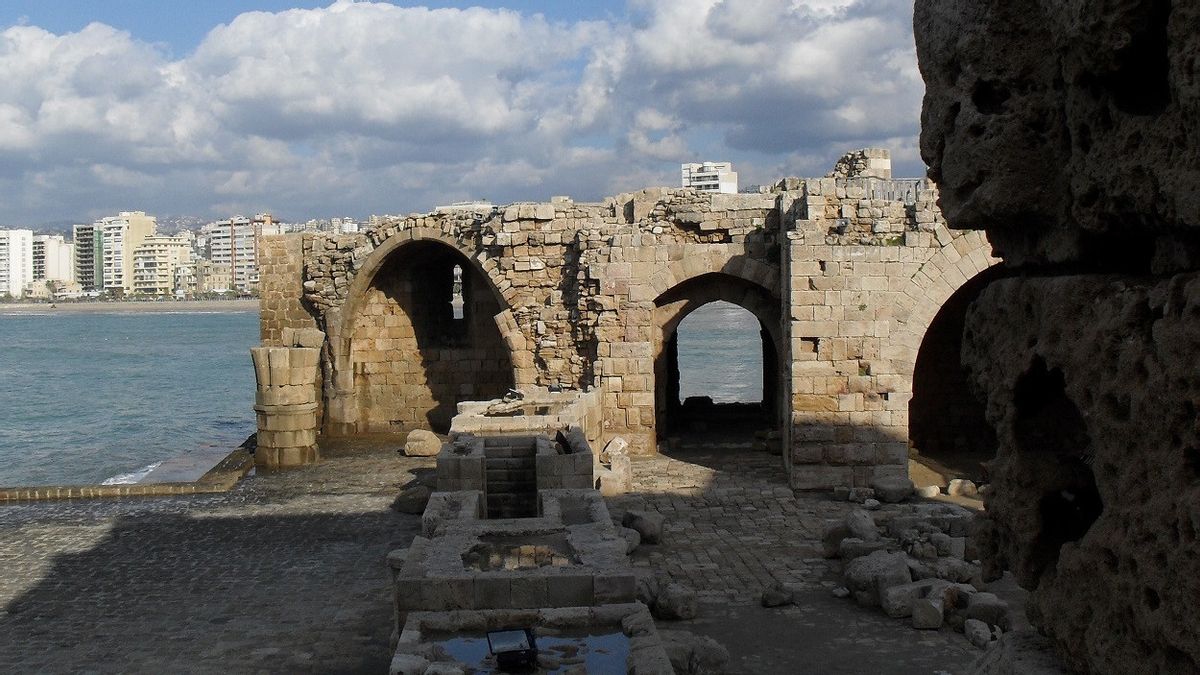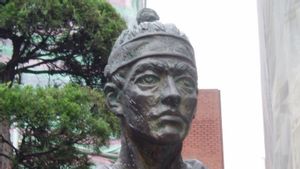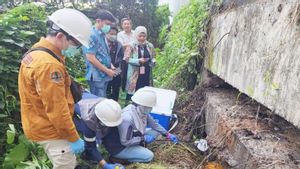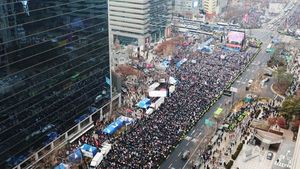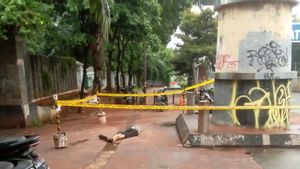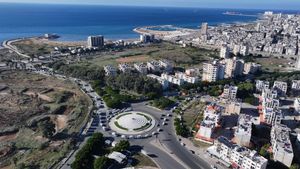JAKARTA - A mass grave found in Sidon, Lebanon has shed new light on the Crusades and the atrocities of medieval war, says a new study in the academic journal 'PLOS ONE'.
Citing The Jerusalem Post September 23, archaeologists found a large number of human bones in the moat of Saint Louis Castle in southern Lebanon.
The area was first conquered by the Crusaders after the First Crusade in 1110. About 150 years later, the Christian city was attacked and largely destroyed by the Mamluks in 1253 and then destroyed even more by the Mongols in 1260.
Pursuing the idea of liberating the holy sites from Muslim rule and encouraged by the Roman Catholic Church, European powers and sometimes societies embarked on several military campaigns in the Middle East during those centuries, which led to the formation of a number of Christian states in the area.

Modern Israel, Lebanon, and Syria have for some time succeeded in placing Jerusalem under Christian rule, following the massacre of Jews, both in Europe and in the Middle East.
Although recorded extensively in historical documents, very few archaeological remains have been found documenting the battle.
For this reason, the discovery of mass graves offers unprecedented insight into medieval warfare, based on analysis of the types of wounds detected in the remains of about 25 people.
"All the bodies were of either juvenile or adult males, suggesting they were fighters who fought in battle when Sidon was attacked," said Bournemouth University UK archaeologist Dr. Richard Mikulski, one of the excavators, and lead author of the study.
"When we found so many gun wounds in the bones as we excavated them, I knew we had made a special discovery," he continued, going on to say separating the bones of each soldier required significant effort.
"To distinguish so many bodies and body parts mixed together took a lot of work, but we were finally able to separate them and see the pattern of injuries they suffered," said Dr. Martin Smith, co-author of the study.

Scholars detected a large number of unhealed knife wounds, as well as wounds caused by other weapons capable of using blunt force. In some cases, wounds to the back of the skeleton show the soldiers were shot as they tried to flee, while in other cases, based on a high concentration of knife wounds to the neck, experts believe the men were executed by beheading.
In addition, archaeologists have found indications that the bodies must have been left unburied and exposed to the elements for some time.
"The way the body parts were positioned suggests they were left to rot on the surface before being dropped into the pit sometime later," Smith said.
"Scorching some bones shows they used fire to burn some of the bodies." This particular finding has allowed scholars to present evocative hypotheses.
"Crusader records tell us that King Louis IX of France was on a crusade in the Holy Land, at the time of the attack on Sidon in 1253," Dr. Piers Mitchell, of the University of Cambridge, and a Crusader expert who participated in the study, said.
SEE ALSO:
“He went to town after the battle and personally helped bury the rotting corpses in mass graves like this. Wouldn't it be great if King Louis himself helped bury these bodies?” he continued.
"So many thousands of people died on all sides during the crusades, but it is very rare for archaeologists to find soldiers who died in this famous battle. The wounds covering their bodies allow us to begin to understand the terrible realities of medieval warfare."
The English, Chinese, Japanese, Arabic, and French versions are automatically generated by the AI. So there may still be inaccuracies in translating, please always see Indonesian as our main language. (system supported by DigitalSiber.id)
